Hindi cinema’s genres are very loosely defined, with almost all films having a central romantic theme. It’s not just the romantic melodramas, the romcoms, the romantic action films… The typical story and structure of a Bollywood romance is that a beautiful man and woman meet, take some time to fall in love, then an unexpected crisis brings us to the interval. In the second half of the film, the plot has to find a resolution, taking the film to the full three hours.
There should be five to eight songs to mark nodes in the narrative, such as meeting, falling in love, union, separation and so on. Many romantic films end with the promise of happily ever after, but the key romantic Films moments are often those of sorrow and sadness. Love imagined, or love lost, makes the film more emotional. The songs of sorrow (‘dard bhare geet’) produce longing that was celebrated in Indian aesthetic theory as ‘vipralambha shringara’ – love in separation. For romance, tears should flow. It is no coincidence that Shah Rukh Khan, the biggest romantic Films hero of the last 20 years, weeps beautifully and often.
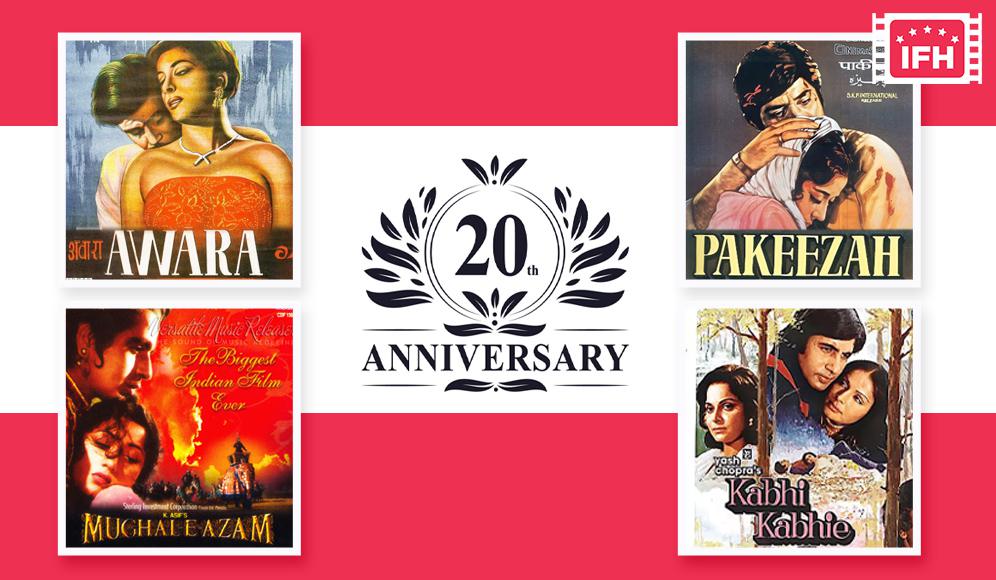
For academics, the term Bollywood is limited to describing the mainstream Hindi film from the mid-1990s, to encompass changes in style and media contexts. So our list leaves aside the great romantic Films classics of a bygone era such as Awara (1951), Pyaasa (1957), Mughal-e-Azam (1960), Pakeezah (1972) and Kabhi Kabhie (1976) – instead, we begin with a much beloved modern classic that recently celebrated its 20th anniversary…
Dilwale Dulhania Le Jayenge (1995)
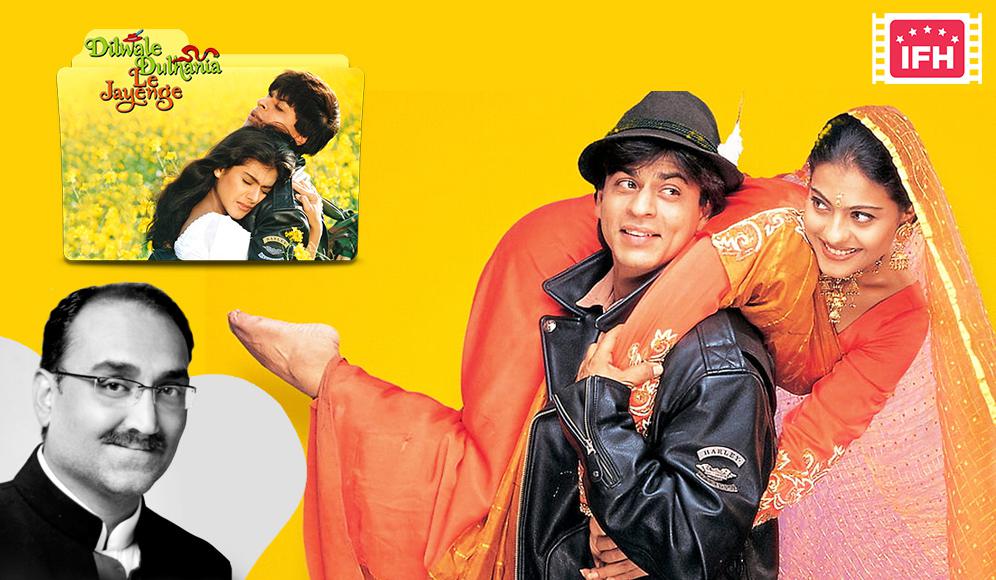
Director Aditya Chopra
This romance set amid London’s Indian diaspora was a landmark in Hindi films and is still attracting audiences in a cinema hall in Mumbai 20 years later. Kajol and Shah Rukh Khan as Simran and Raj became one of the best-loved screen couples of all time. They fall in love on a European rail holiday, but when they return to London, the most romantic Films moment occurs when Simran invites Raj to come to her arranged wedding and he refuses. He follows her to Punjab to win over her family and persuade them to accept him as her husband. Among all the fun are wonderful romantic Films songs, such as Tujhe Dekha’/‘When I Saw You.
However, the changing views of romance in Dilwale Dulhania Le Jayenge (known as DDLJ) include Simran’s father’s view, that marriages are arranged by family elders and love will follow. The film’s opening scene shows his love for his traditional homeland and his detachment from London where he lives. Standing in a wet, grey Trafalgar Square, feeding birds while dreaming of the yellow mustard fields of Punjab, it is his views on love that change the most during the film.
Bombay (1995)
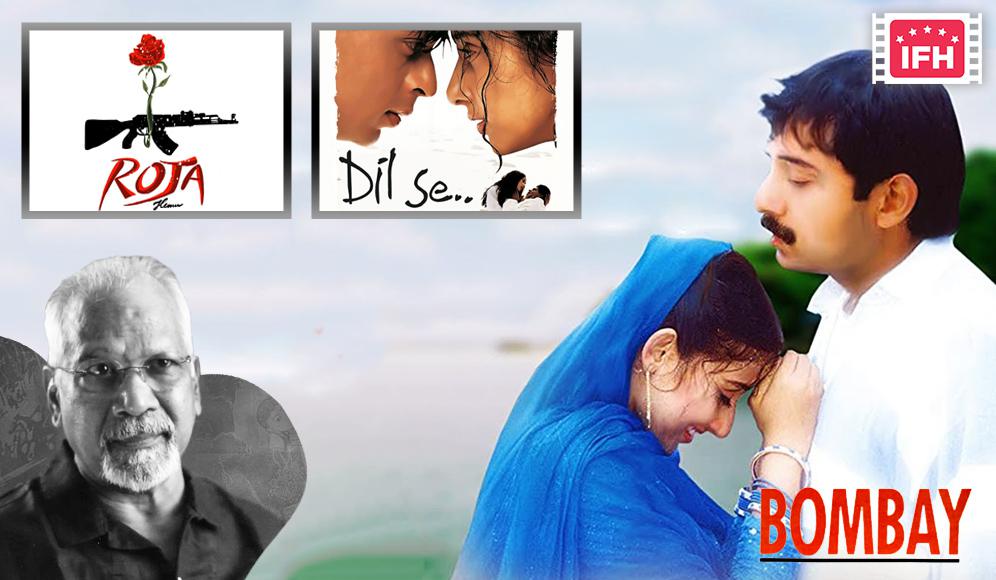
Director Mani Ratnam
Originally made in Tamil, Mani Ratnam’s Bombay is set against the backdrop of the December 1992/January 1993 Hindu-Muslim riots in the city that followed the demolition of the Babri Masjid, a mosque in north India that some contested was built on a destroyed temple. Bombay is one of three political romances by Ratnam – the others being Roja (1992) and Dil Se (1998) – which explore love in troubled times.
When Shekhar (Arvind Swamy), from an orthodox Hindu family, and Shaila Banu (Manisha Koirala), a Muslim, fall in love, they face hostility from both families. Shekhar brings Shaila to Bombay, where he is a journalist, as it seems a modern city. However, after six years, they are faced with rising intolerance between the communities and their family becomes under threat.
Bombay has an immensely successful soundtrack by A.R. Rahman, with songs like ‘Humma Humma’, which accompanies their search for romance in the city, and the searingly beautiful love song Tu Hi Re’/‘Only You when Shekhar calls Shaila to him as he waits for her in a ruined coastal fort. She runs from home, symbolically losing her burqa, as they both declare their love for each other.
Hum Dil De Chuke Sanam (1999)
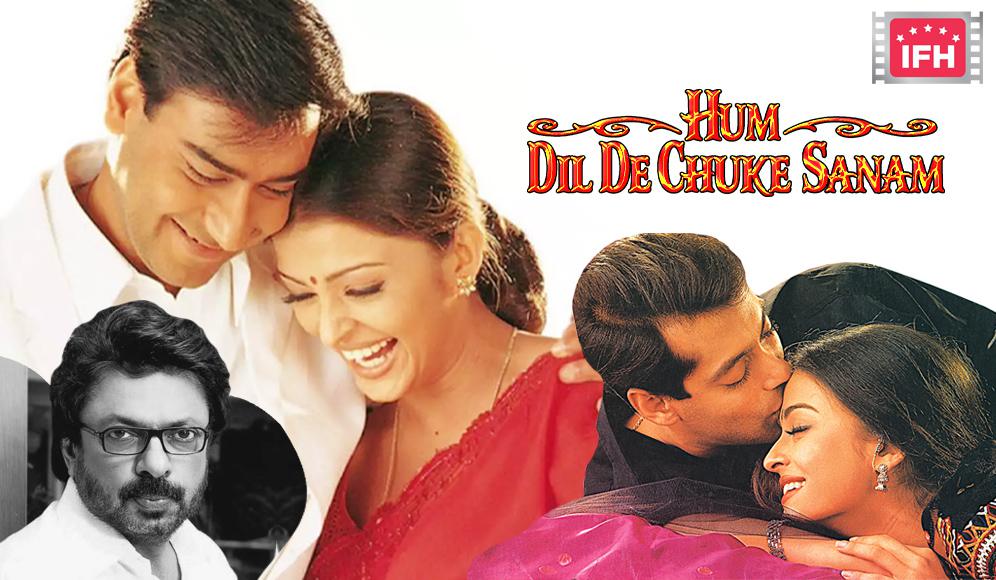
Director Sanjay Leela Bhansali
This is the story of a half Italian, the wonderfully named Sameer Rossellini (Salman Khan), who comes to a lavish palace in India where he falls in love with his teacher’s daughter Nandini (Aishwarya Rai). Their romance forms the first half of this film, but it is the second romance that is the truly moving one: Nandini has an arranged marriage to Vanraj (Ajay Devgan), who fell in love with her when he saw her singing Nimbuda/Lemon. He does not sleep with her after marriage when he realizes she does not love him. He even takes her to ‘Italy’ (actually Hungary) to find Sameer, but on their travels she falls in love with her husband. This twist turns the seemingly transgressive story into a very conventional one, that of love developing after marriage rather than before.
Veer-Zaara (2004)
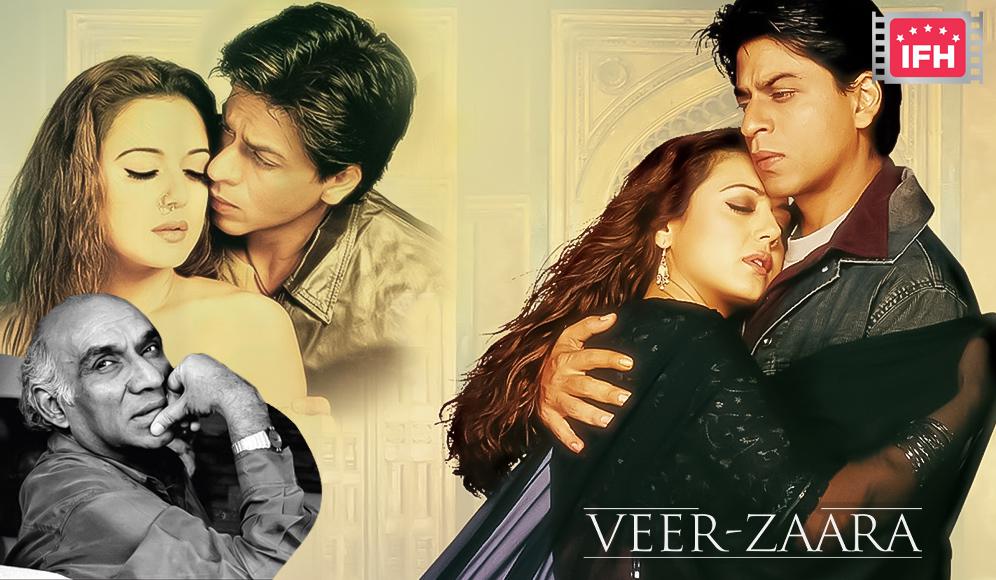
Director Yash Chopra
In Veer-Zaara, one of a handful of Indian-Pakistani romances, Squadron Leader Veer Pratap Singh (Shah Rukh Khan) falls in love with Pakistani Zaara Hayat Khan (Preity Zinta), and they travel around Punjab, but she returns home to marry her fiancé. When Veer later learns she loves him, he leaves his job to go to Pakistan, where he is imprisoned as a spy.
This film was seen as the great Yash Chopra’s tribute to Punjabiyat or Punjabiness, showing that while the state may have been divided on religious grounds in 1947, there is much-shared culture and history. Chopra himself, born in 1932, moved across what is now the border many times before the Partition. The film features songs composed by Madan Mohan, mostly sung by Lata Mangeshkar. These classic tracks give the film an older feel. Chopra showcases her skill with film and music, particularly in songs like “Tere Liye” and “Dekh Lo”. These songs highlight themes of sacrifice and overcoming difficulties in love.
Jab We Met (2007)
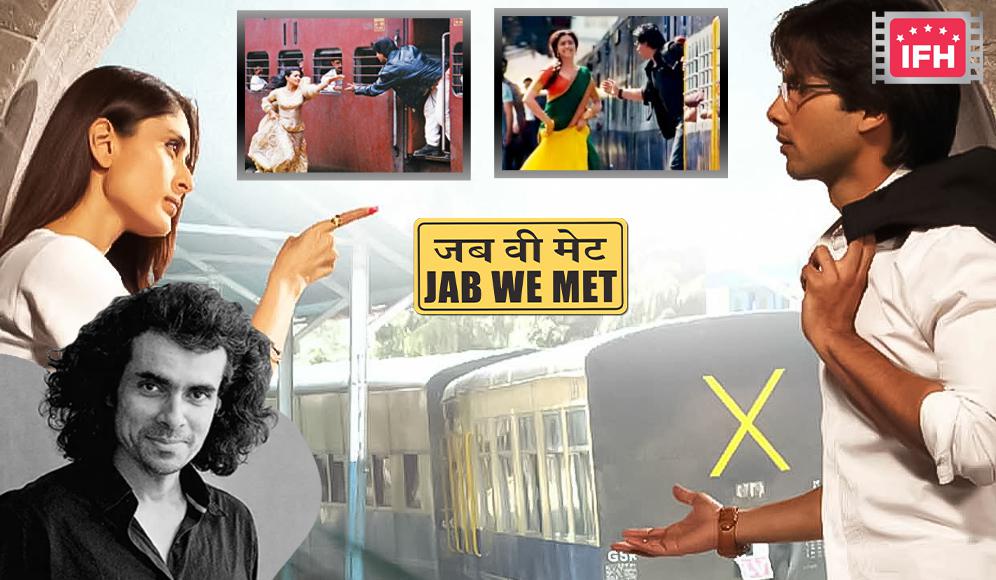
Director Imtiaz Ali
This romcom was much loved for superstar Kareena Kapoor’s depiction of a stereotypically feisty Punjabi girl, Geet Dhillon, who meets Aditya (Shahid Kapoor) on a train and forcefully persuades him to come to meet her family. Her incessant talking and optimism initially irritate Aditya, but he eventually falls in love with her. The trouble is that Geet is in love with someone else…
The film’s romance is all about the chemistry between the couple, who were known to be an off-screen pair at the time. Kareena Kapoor’s performance as the lively girl and Shahid Kapoor’s as the depressive boy were beautifully matched. Jab We Met continues Bollywood’s love for trains as a prime location for romance, as seen in DDLJ and Chennai Express (2013), with the railway carriage still serving as a place for chance encounters and adventure.
Love Aaj Kal (2009)
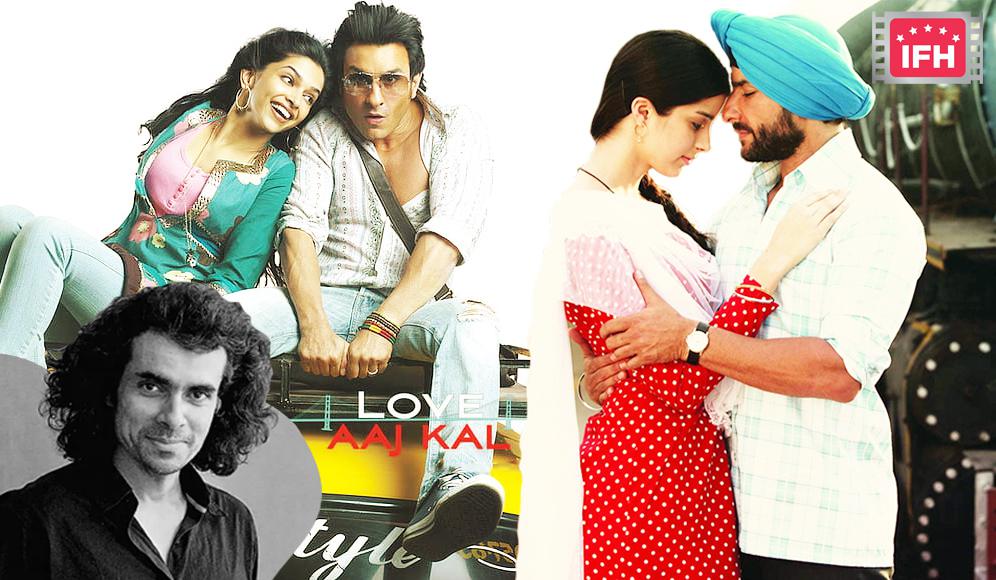
Director Imtiaz Ali
Imtiaz Ali’s Love Aaj Kal takes a very romantic view of love never changing, although ways of romancing are different. Jai (Saif Ali Khan) and Meera (Deepika Padukone) part ways for career reasons, with Jai staying in London and eyeing a move to San Francisco. Meanwhile, Meera returns to India. As Jai navigates his new life, he befriends Veer Singh (Rishi Kapoor), who shares his passionate youth and all-consuming love for Harleen.
In the reenactments of this story, Saif plays the young Veer. Meera marries another man, but she and Jai ultimately reunite. The final song “Aahun Aahun” shows that love endures, even if courtship evolves.
Lootera (2013)
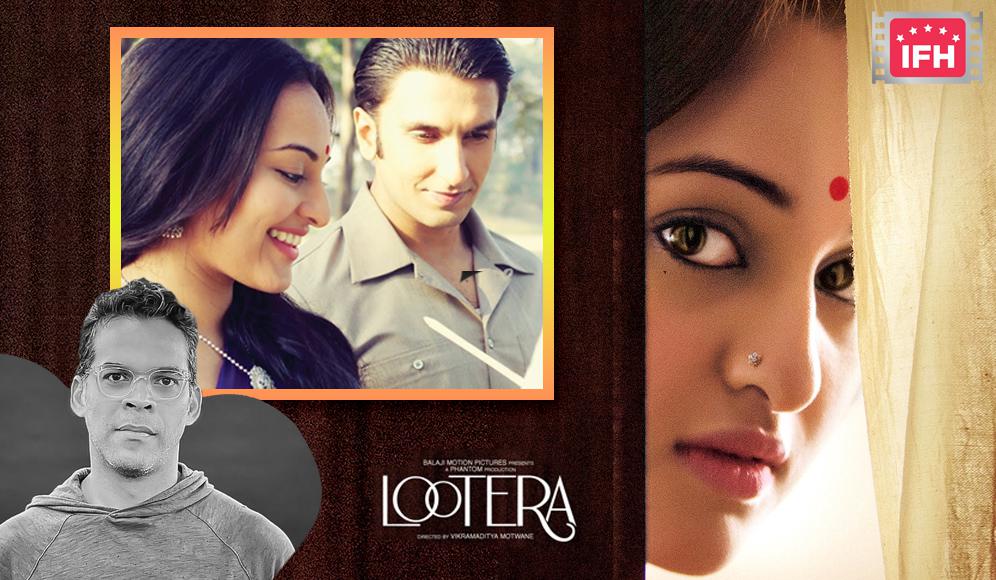
Director Vikramaditya Motwane
Lootera is a love story between Pakhi (Sonakshi Sinha) and Varun (Ranveer Singh). The film begins in 1953. Varun, an archaeologist, romances Pakhi on her family’s estates in West Bengal. Their romance unfolds in a heritage setting with elegant clothes and lifestyles. Just before their wedding, Varun runs away. Later, Varun takes refuge in Pakhi’s hill house, where she’s dying.
The film is based on the 1907 short story The Last Leaf by O. In a poignant tale, the heroine knows she’ll die when the last leaf falls. The hero tries to save her by painting and tying paper leaves on the tree. Amit Trivedi’s music evokes the 1950s golden age of Hindi film music. Hits like “Sawaar Loon” beautifully capture the era’s essence.
Goliyon Ki Rasleela Ram-Leela (2013)
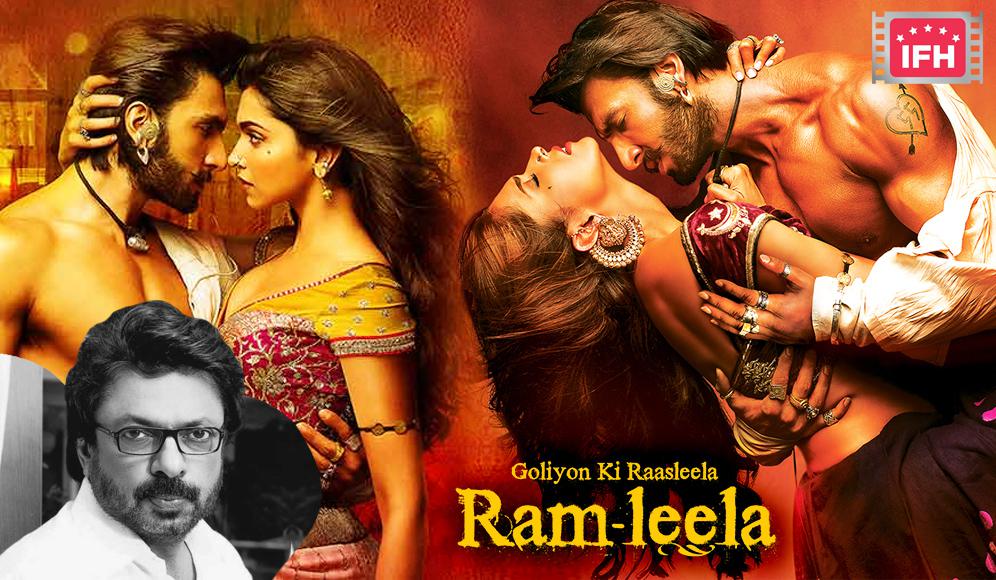
Director Sanjay Leela Bhansali
Ram (Ranveer Singh) and Leela (Deepika Padukone) fall in love despite their families’ violent feuds. When they elope, their families tear them apart. Later, Ram and Leela become heads of their families and try to bring peace during the Dussehra festival riots.
Sanjay Leela Bhansali’s “Goliyon Ki Rasleela Ram-Leela” enchants viewers with its star-crossed couple. The film features stunning visuals and captivating music. Bhansali’s beautiful portrayal brings the story to life. Apart from a 1941 Gujarati song, Mor Bani Thanghat Kare, he composed most of it. People now play the festive songs, especially the popular garba song “Nagada Sang Dhol”, at events like Navratri celebrations.
Hasee Toh Phasee (2014)
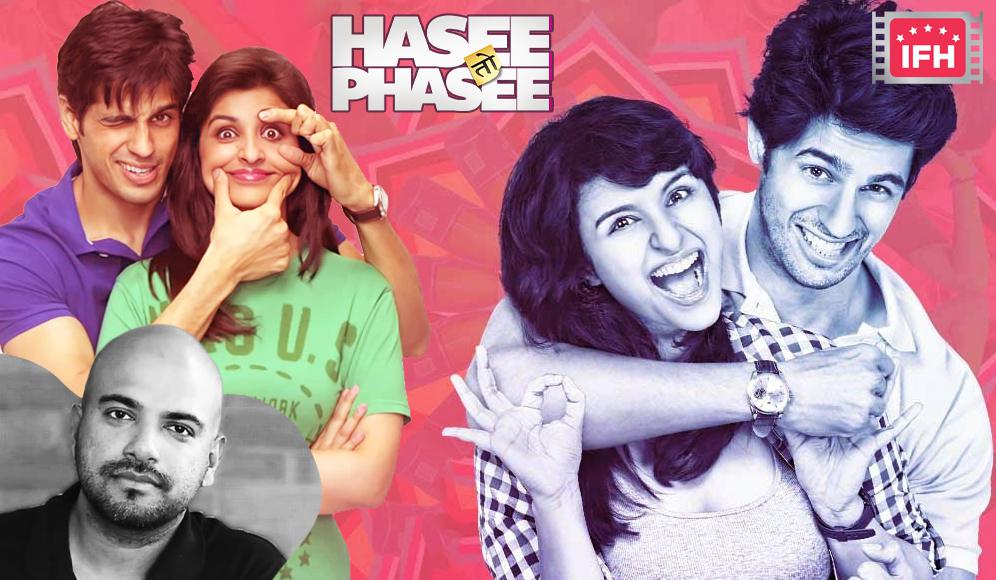
Director Vinil Mathew
In many Hindi romances, a couple discovers they’re mismatched on their wedding day. They must balance love with family obligations and financial pressures. Money plays a big role, from education costs to wedding expenses. The couple faces a tough decision: follow their hearts or fulfill family duties.
Meeta is another of Parineeti Chopra’s quirky offbeat roles. Nikhil and Meeta become close friends, but he realizes his feelings for her only at the last minute. The audience, however, knows he’s in love with the “wrong” sister all along. Meeta’s behavior becomes increasingly strange. The film shows that love goes beyond conventional beauty standards. Nikhil, despite being handsome, falls for the less conventional sister, highlighting emotional bonding over physical appearance.
Dum Laga Ke Haisha (2015)
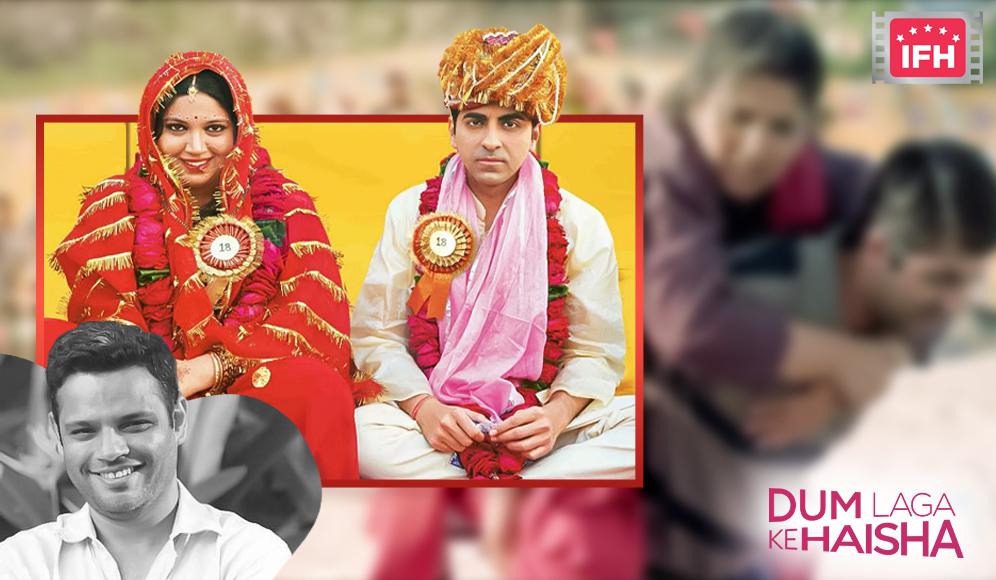
Director Sharat Katariya
In 1995 Haridwar, Prem Prakash Tiwari (Ayushmann Khurrana) runs a music shop with little education. He marries Sandhya (Bhumi Pednekar), an educated woman, in an arranged marriage. Prem finds Sandhya unattractive due to her weight, but he’s oblivious to his own limitations. Sandhya faces troubles and insults, eventually leaving him and criticizing his father’s failure to educate and sensitize his son. The film explores the emotional bonds of marriage and love, transcending conventional beauty standards.
“Dum Laga Ke Haisha” nostalgically captures the music of a bygone era. The film focuses on romantic songs as Prem’s cassette shop faces a threat from a new CD shop. Kumar Sanu makes a special appearance, singing “Dard Karaara” for a classic 90s-style dance romance scene.

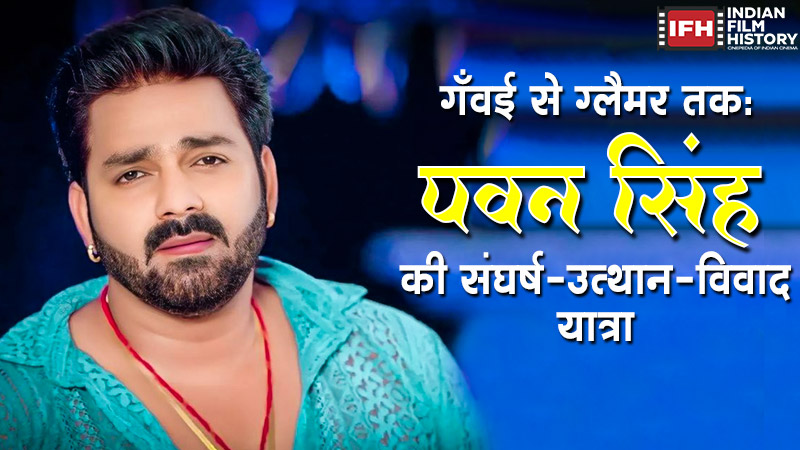
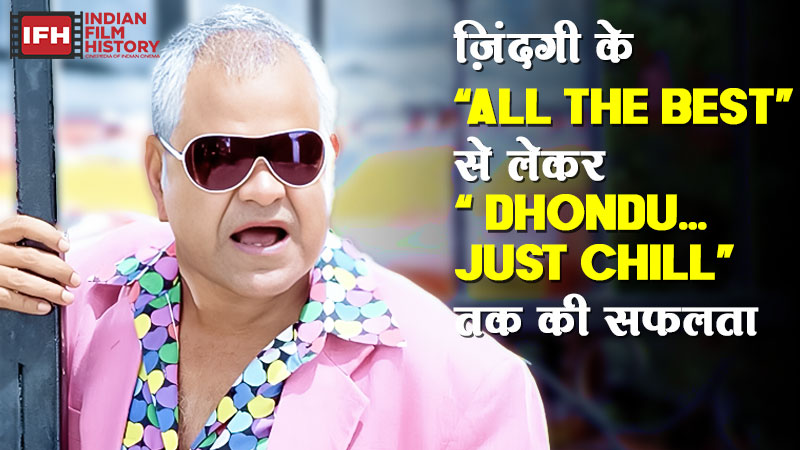
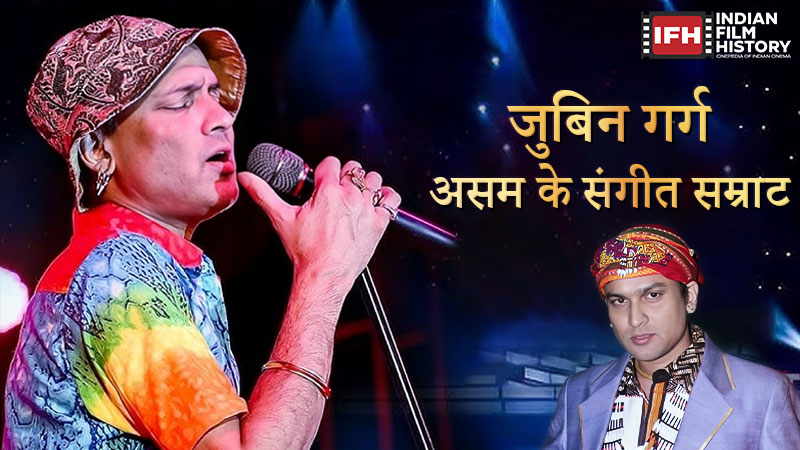
Leave a Comment